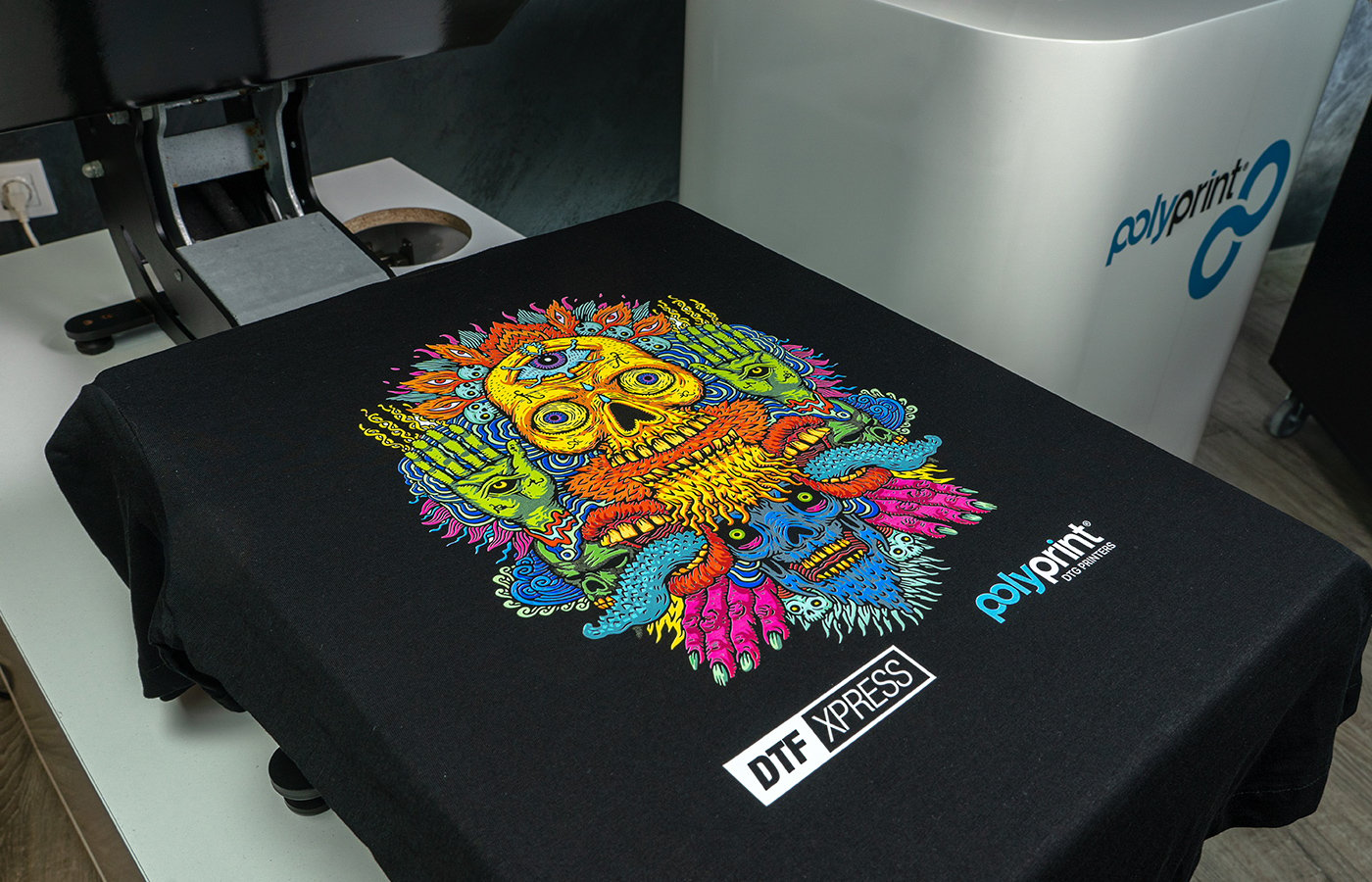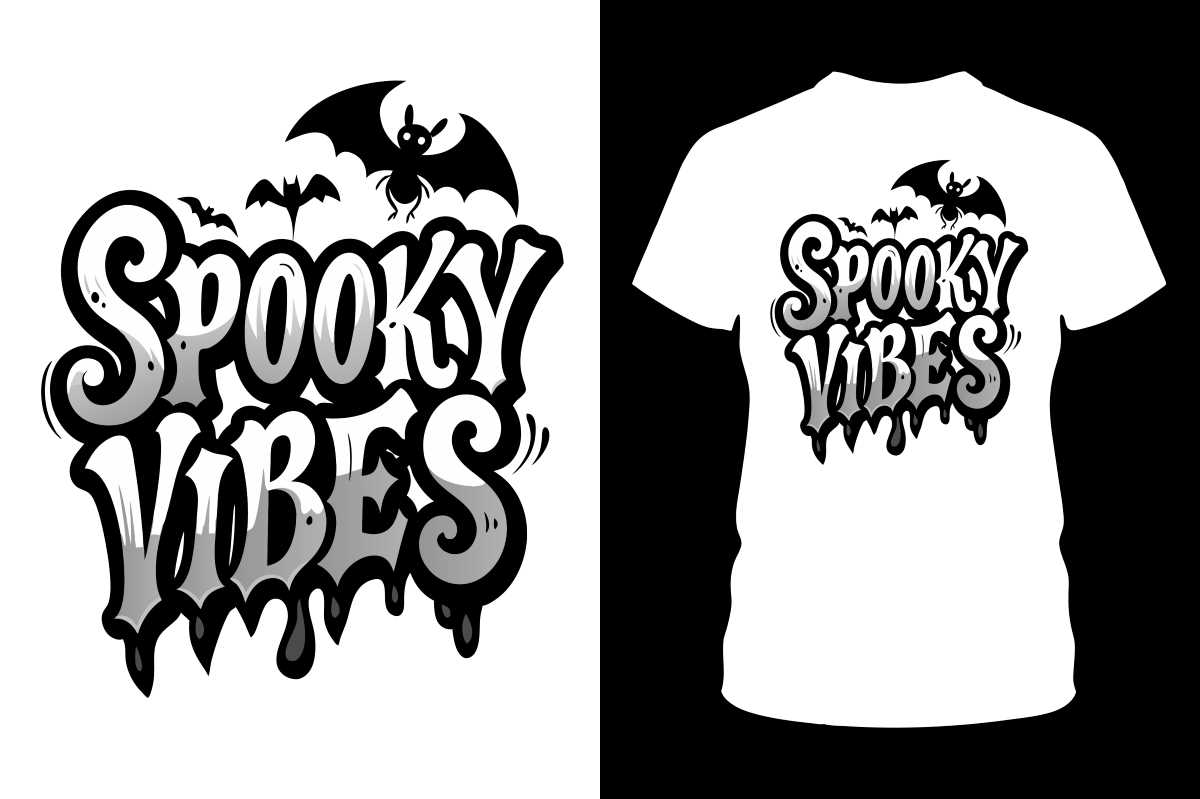DTF printing, or Direct-to-Film printing, is revolutionizing the world of garment customization with its high-quality results and efficiency. This innovative printing technique allows enthusiasts and businesses alike to create stunning designs on various fabrics, catering to a diverse range of creative needs. If you’re eager to learn how to use DTF printing, this guide provides essential tips and equipment recommendations to kickstart your journey. From selecting the right printer to mastering the heat transfer process, we’ll cover everything beginners need to know to get started with DTF printing. With the ability to produce vibrant and intricate designs, you’ll discover that DTF printing is not just a trend but a valuable skill that can enhance your creative portfolio.
Exploring DTF printing, known for its exceptional color vibrancy and adaptability, opens up a new realm of possibilities in textile design. This method, which involves printing onto specialized film for seamless transfer onto fabrics, stands out for its efficiency and stunning results. Whether you’re a small business owner or a hobbyist eager to create custom designs, understanding alternative printing techniques like film transfers can significantly enhance your capabilities. From selecting appropriate DTF printing equipment to employing effective strategies, this overview aims to guide novices through the process. By leveraging these insights, you’ll streamline your approach and maximize the quality of your printed materials.
Getting Started with DTF Printing: The Basics
If you are eager to dive into the world of customized apparel, understanding the basics of Direct-to-Film (DTF) printing is essential. This innovative method allows anyone from hobbyists to professional print shops to create vibrant designs with ease. One of the key starting points is to familiarize yourself with the printing process. Essentially, it involves printing your chosen design onto a specially formulated film before transferring it to the fabric using a heat press. This multi-step approach provides high-quality prints that are capable of vibrant colors and intricate patterns.
To ensure that you have a smooth start, consider experimenting with basic designs before moving on to more complex images. As you learn how to use DTF printing, focus on selecting appropriate design software. Programs like Adobe Illustrator or CorelDRAW can help you modify and prepare your art while ensuring the resolution and color profiles are optimized for the best output.
Essential DTF Printing Equipment You Will Need
The right equipment is crucial for successful DTF printing. To begin your journey, you’d need a reliable DTF printer that specializes in printing designs on films with high-quality inks. Be sure to research models that suit your needs. Whether you plan to produce items in small batches or at higher volumes, there is a printer designed to cater to your requirements. Additionally, investing in a quality heat press will enable you to transfer your prints to fabric consistently and efficiently.
Beyond the printer and heat press, don’t overlook the importance of high-quality DTF films and inks. Your choice of DTF film can significantly impact the durability and vibrancy of your prints. Look for films that are specifically designed for DTF applications and that are compatible with your chosen printer. Similarly, quality inks will contribute to the rich colors of your designs and ensure that they stand the test of time.
Art Creation Tips for DTF Printing
Crafting artwork specifically for DTF printing involves a few important considerations. To create stunning prints, it’s vital to use professional graphic design software to ensure your designs are high-resolution and formatted correctly. Pay special attention to the dimensions of your artwork, ensuring they align with the size of the printed fabric area. A resolution of 300 DPI is typically recommended for crisp, clear images.
Furthermore, color management is pivotal in the design process. While you might be accustomed to working in RGB mode, DTF printing will require you to understand how colors are represented in CMYK format. This understanding is crucial because it directly influences how the final printed design will appear. Spend time optimizing your designs, adjusting color profiles, and testing prints until you achieve results that meet your creative vision.
The DTF Printing Process: Step-by-Step Guide
Once your designs are ready, the DTF printing process can begin. Start by loading your DTF film into the printer, ensuring that you follow the manufacturer’s instructions for optimal results. It’s important to use the correct settings for printing, such as selecting the appropriate paper type and print quality to achieve vivid results. After your designs have been printed, allow the film to dry thoroughly; this step is essential for ensuring proper adhesion during transfer.
Next comes the heat pressing, a crucial phase in the DTF printing process. Set your heat press to the correct temperature, typically between 160°C to 180°C (320°F to 356°F), and position your film carefully onto the fabric. After placing a protective sheet over the design, press down for the recommended duration. Allow the fabric to cool before peeling away the film to reveal your beautifully transferred design.
DTF Printing Care: Post-Processing for Longevity
After successfully transferring your design, taking care of your printed apparel is vital for ensuring longevity. Allow your garment to cool down completely to maximize the adhesion of the design before handling it further. For washing, always recommend turning the item inside out and using cold water. This practice protects the print from excessive agitation and potential fading during washing.
In addition, avoid bleach and opt for low heat settings when drying your printed items. Testing the durability of your prints through wash tests before selling or gifting custom items is also highly recommended, as it can save you from potential disappointments in the future.
Sustainability Benefits of DTF Printing
As more businesses seek environmentally friendly practices, DTF printing stands out as a sustainable option within the garment industry. Compared to traditional screen printing methods, DTF printing significantly reduces water waste and greenhouse gas emissions, thanks to its efficient ink usage and process. This eco-conscious approach not only appeals to environmentally aware customers but also helps to establish a brand committed to sustainability.
Embracing sustainability through DTF printing practices can set your business apart in a competitive market. By showcasing eco-friendly initiatives, you not only contribute positively to the planet but also create a reputation of ethical responsibility among your customer base. Exploring additional resources on sustainable practices within printing can further enhance your understanding and commitment to eco-friendly solutions.
Frequently Asked Questions
What is DTF printing and how does it work?
DTF printing, or Direct-to-Film printing, is a modern printing technique that involves transferring designs onto a special film, which is then applied to fabrics using heat and pressure. This method offers vibrant colors and intricate designs, making it popular for customizing items like apparel.
What essential equipment do I need for DTF printing?
To get started with DTF printing, you’ll need a DTF printer, a quality heat press, high-quality DTF film, and specialized DTF inks. Each component plays a vital role in ensuring successful prints and durable transfers.
What are some DTF printing tips for beginners?
Beginner tips for DTF printing include using professional design software for artwork creation, optimizing designs for print quality, ensuring proper drying of printed films, and following appropriate heat press settings. This ensures high-quality prints and successful transfers.
How can I create artwork for DTF printing?
Creating artwork for DTF printing involves using graphic design software like Adobe Illustrator or CorelDRAW to make high-resolution images. Ensure your designs are optimized with the correct color profiles and resolutions, and use compatible file formats, such as PNG or TIFF.
What care instructions should I follow for DTF printed garments?
After DTF printing, it’s essential to wash garments inside-out in cold water and avoid bleach. Low heat during drying helps preserve the print. Prior to selling items, conduct a wash test to ensure durability over multiple washes.
Is DTF printing a sustainable choice for custom apparel?
Yes, DTF printing is considered a more sustainable option compared to traditional screen printing. It uses less water, produces fewer emissions, and can reduce waste, making it a better choice for environmentally-conscious apparel production.
| Key Step/Aspect | Description |
|---|---|
| Understanding DTF Printing | DTF printing allows vibrant and intricate designs to be transferred onto various fabrics using heat and pressure. |
| Essential Equipment | Key equipment includes a DTF printer, heat press, high-quality DTF film, and specialized inks. |
| Creating Artwork | Use professional software to create high-res designs optimized for printing, and ensure color management is appropriate. |
| Printing Process | Follow precise steps for loading film, drying, heat pressing, and cooling for effective design transfers. |
| Post-Processing Care | Proper care for printed garments includes following washing instructions and conducting durability tests. |
| Sustainability | DTF printing produces less waste and uses fewer resources compared to traditional printing methods. |
Summary
DTF Printing is a revolutionary technique that provides exceptional print quality and versatility for customizing apparel. This modern printing method enables users to transform fabric items with vibrant colors and intricate designs, appealing to both professional print shops and DIY enthusiasts. With an understanding of DTF printing basics, including essential equipment and proper care for printed items, anyone can start their journey into this creative world. Sustainability is also a key advantage, as DTF printing utilizes fewer resources compared to traditional methods, promoting an eco-friendly approach to textile production. Embracing DTF printing not only enhances personal creativity but also fosters a responsible, environmentally conscious business strategy.



